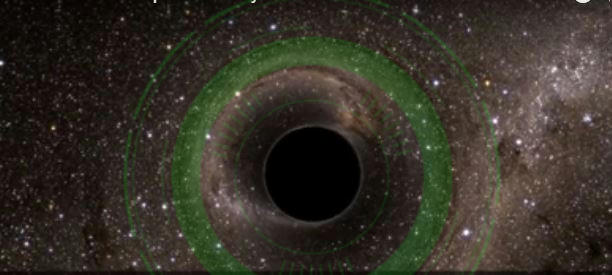When the atom absorbs a photon, the electron jumps from let's say for example from the 2s to a 3p orbital, the electron is not in any orbital during that time. Its wave function can be written as a time-varying mix of the normal orbitals.
Do atoms absorb photons as the atom and photon crosses the event horizon of a black hole?
If the electron is able to jump to a new orbital under such an immense gravitational pull from the black hole would type of energy potential might be present?
Do atoms absorb photons as the atom and photon crosses the event horizon of a black hole?
If the electron is able to jump to a new orbital under such an immense gravitational pull from the black hole would type of energy potential might be present?

